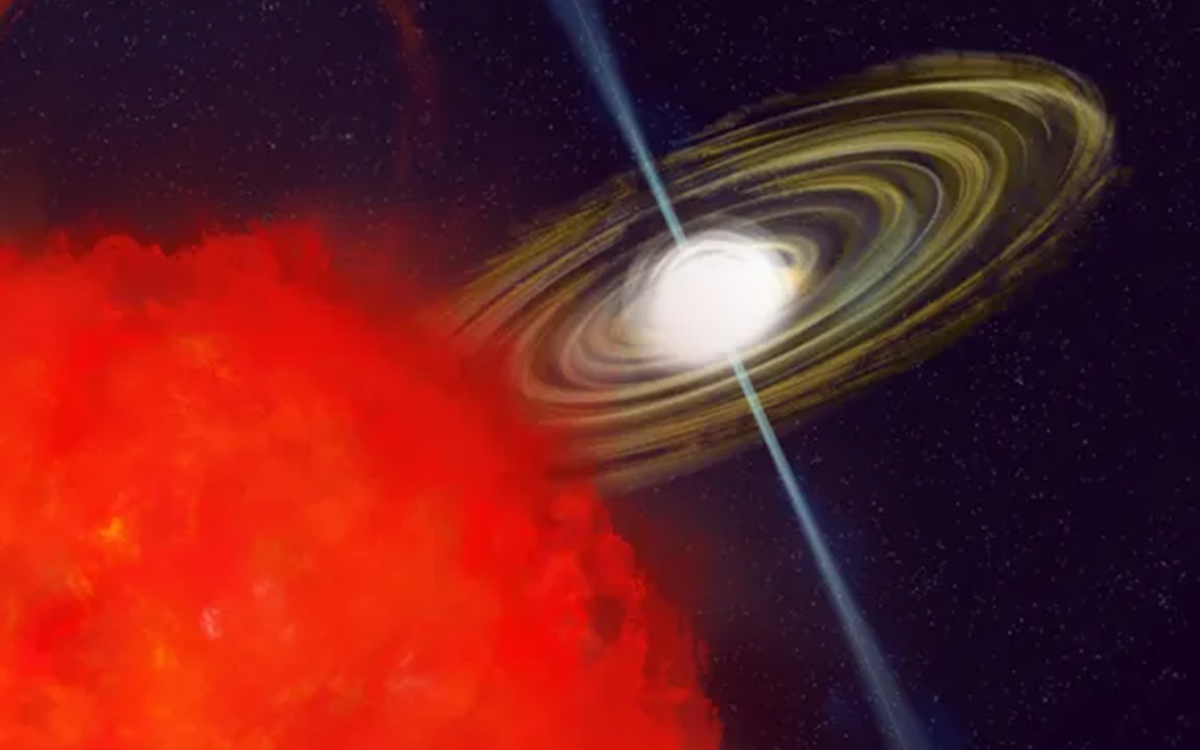The discovery of this “cosmic unicorn” defies the laws of space, here’s why
A celestial body with exceptional properties has just been discovered. Given all its peculiarities, researchers admit it's a mystery. They are now seeking to unravel it.
What is striking is that in the vast majority of cases, we are "content" with spotting a star with totally atypical behavior, without being able to explain it. The one in question here is so unique that it defies the laws of astrophysics as we know them.
Called CHIME J1634+44, after the telescope that discovered it, it is, above all, a dead star. Whether neutron or white dwarf, they share common characteristics.
Also check: first4roofing | first4driveways
For example, their extreme mass, one to two times that of the Sun, the fact that they rotate on their axis at a high speed that slows down over time, or that they emit radio waves. This one does things differently.
Scientists have discovered a unique celestial body
Already, CHIMEJ1634+44 is what is called a long-period radio transient, or LPT. This is a recent, still little-known category of celestial objects that emit repeated pulses of radio waves, over intervals ranging from a few minutes to a few hours. Much longer than what we are used to with pulsars, neutron stars rotating very quickly.
Here, the signals are timed like clockwork . “ CHIME J1634+44 could be called a ‘unicorn,’ even among other LPTs. The pulsations appear to repeat every 14 minutes, or 841 seconds, but there is a distinct secondary period of 4,206 seconds, or 70 minutes, exactly five times longer ,” explains Fengqiu Adam Dong of the Green Bank Observatory. That’s not the only peculiarity of the star, however.
CHIME J1634+44 holds many secrets
Instead of exhibiting a slower and slower rotation speed, CHIME J1634+44's rotation speed is accelerating. This has already been observed in the case of dead stars accompanied by a second one from which they "feed" , the two orbiting each other. This movement causes the sending of gravitational waves.
This is the case here, except that once again, CHIME J1634+44 is distinguished by the emission of waves with perfectly circular trajectories . Imagine a corkscrew to represent it. An extremely rare phenomenon and above all never seen in a neutron star or a white dwarf.

As if that weren't enough, these pulses arrive in pairs, and at a particular interval. “ The time between pairs of pulses appears to follow a choreographed pattern ,” observes ASTRON astronomer Harish Vedantham. “ We believe this pattern contains crucial information about how the companion triggers the white dwarf to emit radio waves .”
Spotted simultaneously by two separate teams using different devices, CHIME J1634+44 is indeed considered a neutron star by one, a white dwarf by the other. This divergence does not prevent scientists from agreeing on one point: the celestial body is an enigma.
“ The discovery of CHIME J1634+44 expands the known population of LPTs and challenges existing models of neutron stars and white dwarfs, suggesting that there may be many more such objects awaiting discovery ,” said Fengqiu Adam Dong.


Comments
Post a Comment